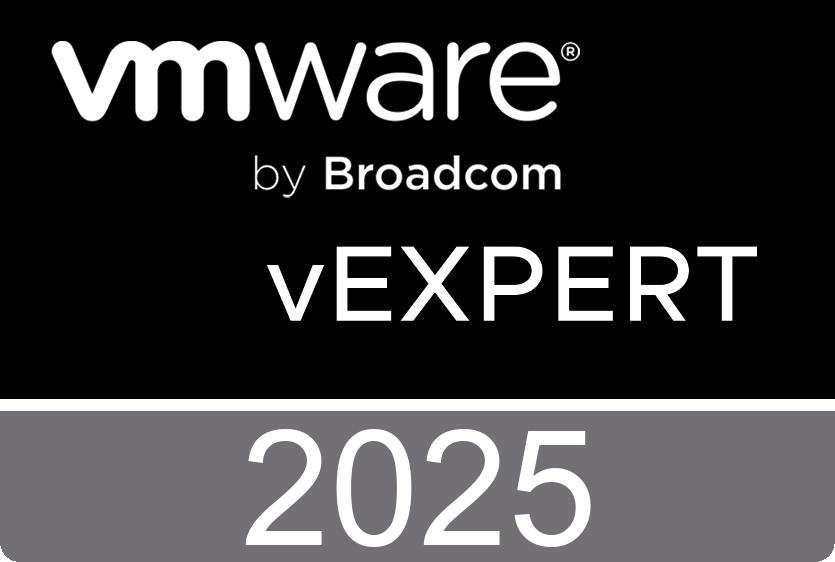This paper provides an overview of the considerations and best practices for deployment of VMware vSphere on NFS based storage. It also examines the myths that exist and will attempt to dispel confusion as to when NFS should and should not be used with vSphere. It will also provide some troubleshooting tips and tricks. It’s written by Paul Manning, a Storage Architect in the technical marketing group at VMware and is focused on virtual storage management.
The significant presence of Network Filesystem Storage (NFS) in the datacenter today, as well as the lower cost-per-port for IP based Storage, has lead to many people wanting to deploy virtualization environments with Network Attached Storage (NAS) shared storage resources.
As virtualization increases adoption, so does the deployment of VMware ESX servers that leverage NAS. For the purpose of clarity, both NFS and NAS refer to the same type of storage protocol and will be used as terms for the same thing throughout this paper.
The capabilities of VMware Virtual Infrastructure 3 (VI3) on NFS are very similar to the VMware vSphere™ on block-based storage. VMware offers support for almost all features and functions on NFS—as it does for vSphere on SAN. Running vSphere on NFS is a very viable option for many virtualization deployments as it offers strong performance and stability if configured correctly.
http://vmware.com/files/pdf/VMware_NFS_BestPractices_WP_EN.pdf


